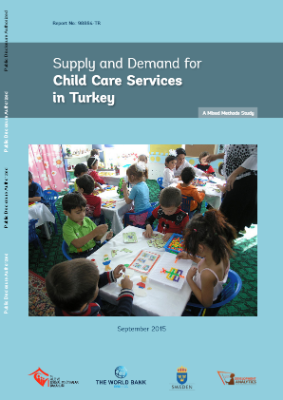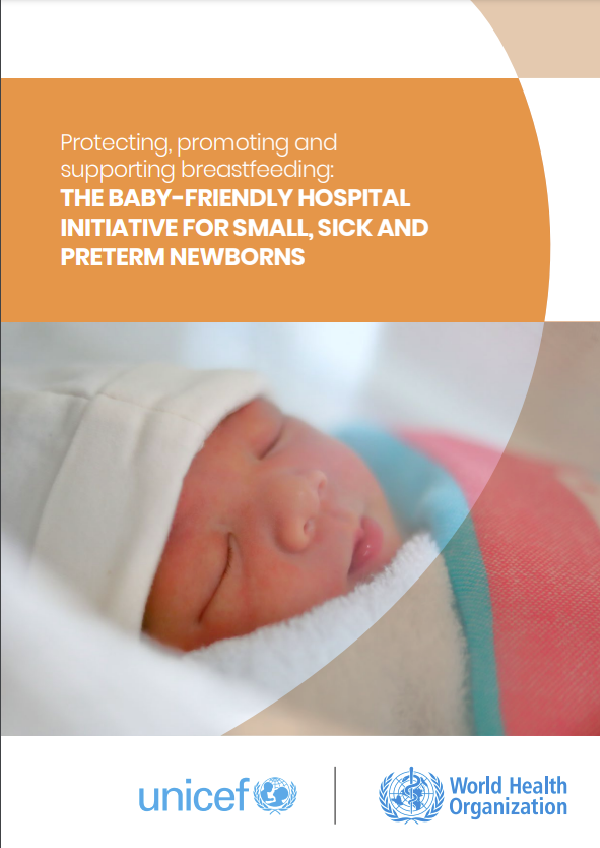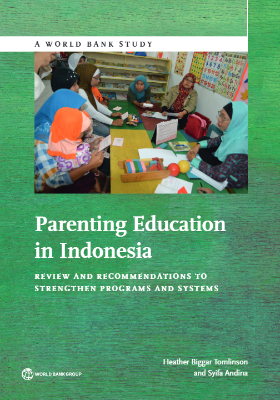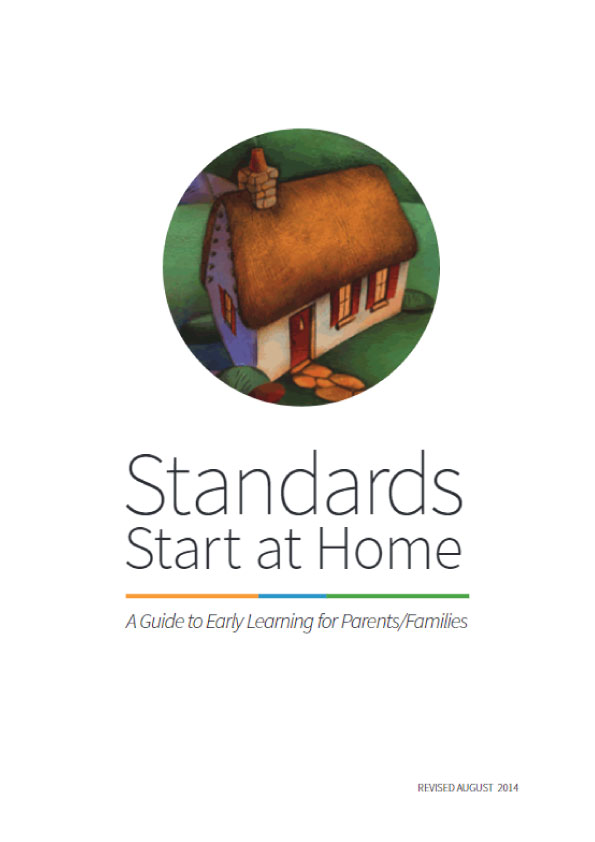Despite increases in availability of center based child care and preschool services in Turkey over the last decade, both the supply of services and utilization remain low. Preprimary gross enrolment ratio is low in Turkey – with less than one-in-three children enrolled in center based care- in comparison to countries with similar levels of GDP per capita such as Chile and Mexico in Latin America, and Bulgaria, and Romania in the ECA region with enrolment ratios of 113.6, 101.4, 85.7 and 77.4 percent respectively.
There are regional disparities in availability and the majority of children and households remain unserved in terms of child care and preschool services. Existing gaps in coverage largely vary by region with higher child care supply observed in provinces with higher female literacy rates (correlated with female labor force participation) and in less densely populated urban areas. Current low enrolment among children aged 3 to 5, estimated at 29.5 percent, indicates that about 2.7 million children in this age group are not serviced by any form of center-based preschool.1 To reach the OECD average of pre-primary school enrolment rate of 80.6 percent2, 42,388 new child care facilities with the average rates of enrolment per facility would be needed.
This report has collected and assessed information on the supply and demand for child care services in Turkey with the objective of identifying key constraints and opportunities to expand quality and affordable access. Fieldwork for the study has been completed during April-June 2014. On the supply side, data was collected for a total of 603 service providers in 5 provinces: Istanbul, Denizli, Eskisehir, Samsun and Gaziantep. The survey included 377 public and 163 private schools under the Ministry of National Education (MoNE) and 63 private service providers under the Ministry of Family and Social Policies (MoFSP). The sample was constructed to represent different province types in the country in terms of female labor force participation and child care capacity. In order to assess the demand for child care, two major pieces of data collection were undertaken in the same five provinces: (i) A Household Survey to mothers of children ages 0-6 in districts selected to represent different socioeconomic groups and including one rural village of each of the Anatolian cities; and (ii) Demand Side Focus Group Discussions with (working and non-working) mothers and fathers.
The analysis in this report shows that current utilization of child care services cannot be construed as lack of demand for services, but rather as a lack of demand for services at existing cost and price-quality structures. Existing services that respond to the needs of working mothers (in terms of operating hours, and age groups served) are mainly private services and tend to be more expensively priced than the willingness and ability to pay of the average household. For most women –particularly for those with low levels of education- the difference between earnings and the cost of care is too low to justify joining the labor force and their willingness to pay for care does not cover the current median prices for child care and kindergarten services.











